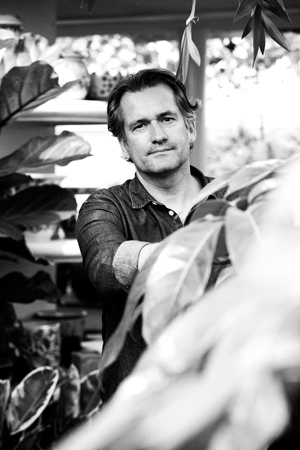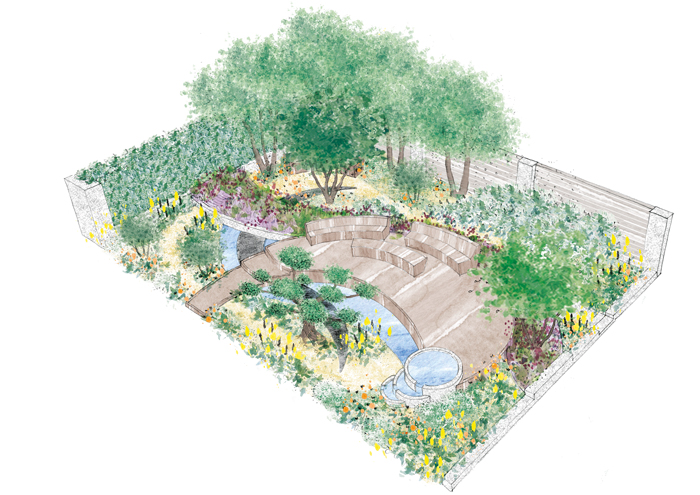Why not grow your own this Spring?
With National Gardening Week upon us it’s a good time to encourage gardeners to grown their own fruit and vegetables this spring. So if you are planning your plot take some advice from Chelsea show designer, Matthew Wilson, who shares tips on making an edible and sustainable garden.
Matthew Wilson, who is Managing Director and principal designer at Clifton Nurseries in London, will be designing the Royal Bank of Canada Garden at this year’s RHS Chelsea Flower Show.
As part of his design he has integrated an edible garden section that includes, edible herbs, fruits and vegetables, pineapple guava, artichokes and salad greens. The garden is designed to be easy to live with while drawing on the growing trend of urban farming by incorporating a range of sustainable and edible plants.
“Growing your own fruit and vegetables is an easy and aesthetically beautiful way to sustainably enhance your garden,” explains Matthew. “It’s something that I try to incorporate in many of my garden designs.”
Matthew points out that there is a misconception that growing your own fruits and vegetables requires a lot of work and a lot of water: “However, as people become more cognizant of the environmental impact of importing food and see the value in growing their own, there are ways to make an edible garden beautiful and environmentally low-impact,” he says.
Here are Matthew’s top tips:
 1. Choose plants to grow that you like to eat. It sounds obvious but many of us are guilty of growing plants that we’ll never get round to eating, or too much of one thing, which wastes time, effort and resources including the feed and water needed to cultivate them.
1. Choose plants to grow that you like to eat. It sounds obvious but many of us are guilty of growing plants that we’ll never get round to eating, or too much of one thing, which wastes time, effort and resources including the feed and water needed to cultivate them.
2. Try to focus on edible plants that are expensive to buy or that deteriorate rapidly after harvesting, as these are the crops that you won’t find readily in the shops and that offer the best value at home.
Alpine strawberries for example taste great from the plant, but within just a few minutes the sugars break down and the flavour wanes.
3. Be creative with space. Use espalier fruit trees instead of a boundary hedge, or step-over apple forms as an edging to a pathway or border. Even a small garden can accommodate a lot of food plants.
4. Choose mainly perennial edible plants such as globe artichoke, sea kale and herbs like rosemary and sage. They will produce crops year in year out with comparatively little input.
5. Harvest water for use on your crops by connecting water butts to gutter down pipes. It’s easy to do – and plants much prefer rainwater to tap water!
The Royal Bank of Canada Garden is in keeping with the goals of the RBC Blue Water Project, a wide-ranging, 10-year global commitment to help protect the world’s fresh water resources. For more information visit www.rbc.com/bluewater


